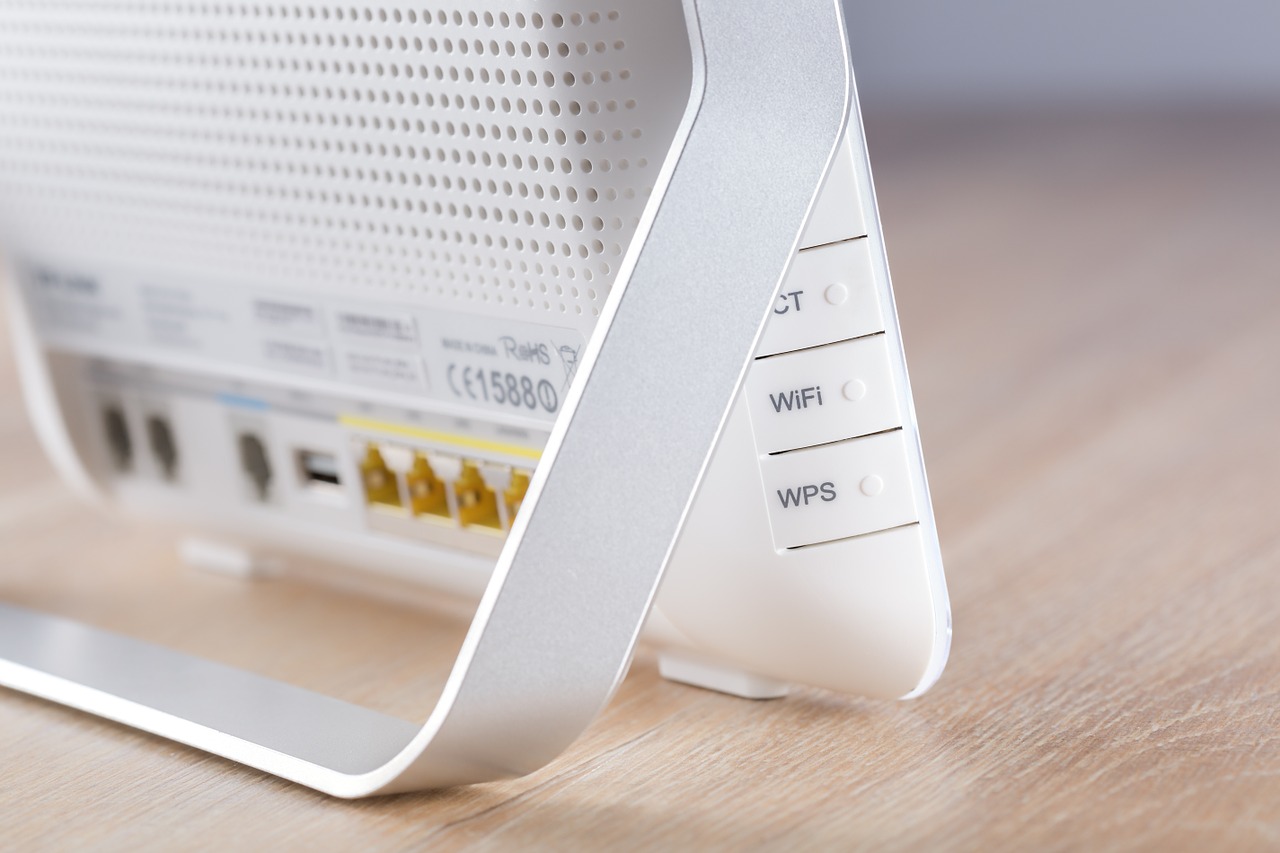
Why WiFi Assurance Is Only Possible with a Multi-Radio Solution

WiFi Assurance means more than delivering an optimized wireless network. It means providing predictable, reliable, high-performance wireless communications with no surprises, no suddenly dropped connections, no mysteriously delayed responses. WiFi Assurance solutions consistently deliver unprecedented visibility into the dynamic nature of wireless networks, helping make networks, and the businesses they support, faster and stronger. To truly deliver, the solution has to provide visibility, actionable items, and insights, 24/7/365 into the full wireless ecosystem and not just a subset of it. Complete WiFi Assurance is only possible with a multi-radio solution.
A radio is a piece of technology that devices use to communicate on a wireless network. Most cellphones and laptops have one WiFi radio, access points (APs) have two or three, and most vendor agnostic WiFi sensors solutions have one, but Wyebot’s Wireless Intelligence Platform™ (WIP) has 4 radios: three WiFi radios, and one Bluetooth radio. In addition, it also has Spectrum Analysis capability. It leads the market with its best-in-class WiFi Assurance, and the multiple radios are one of the key reasons why it is the leading solution. Read on to discover why true Assurance requires a multi-radio sensor.
What Can Be Done with Two WiFi Radios?
Frequency Bands
Today WiFi uses two frequency bands – 2.4GHz and 5GHz. It’s common to see both bands used in the workplace, whether in a hospital, a school, a warehouse, or an office building. If both bands are used, WiFi Assurance can’t be provided unless both bands are constantly monitored and analyzed. At a minimum, this requires two radios: one to analyze each band. For solutions with only one radio, customers are forced to switch between the different bands, meaning there are periods of time where critical information is lost. WiFi Assurance means consistent and constant optimization. This so-called time-slicing, switching between the bands, results in a solution unable to offer 24/7/365 detailed analysis and problem identification.
What about switching to a network that only supports 5GHz? This is only possible in select environments. While most laptops and cellphones support 5GHz, there are many IoT devices that only support 2.4GHz. In a BYOD world, business owners can’t control which devices access the network.
Even if it was possible to create a 5GHz-only network, there still remains the challenges associated with roaming scenarios. As devices move throughout a building, they switch from one AP to the next. Sometimes this transition goes smoothly, and sometimes it does not. With two radios in a WiFi Assurance solution, customers can cover two APs at a time, monitoring and analyzing what occurs during transitions, thereby identifying and resolving any roaming issues. With one radio, this is impossible. If devices are experiencing issues transitioning between APs, the only way to capture the data and resolve the problem is with two radios monitoring two APs at the exact same time.
Whether monitoring both WiFi bands, or two APs, there is a critical need for full visibility, analysis, and high-performance. For the foreseeable future, a minimum of two radios are required for a true WiFi Assurance solution.
What Can Be Done with Three WiFi Radios?
Network Tests
Why say a multi-radio solution is required, if there are only two frequency bands? There are a few reasons, one is the ability to run synthetic network tests. Network tests are a valuable way to deliver insight and visibility into a network and proactively identify the source of the network performance issue. Tests can include security audits, speed tests, device monitor, application, performance, or tests in a number of other business areas. WiFi Assurance solutions with only one or two radios are forced to stop monitoring one of the frequency bands in order to run these valuable tests. However, WIP can dedicate two radios to analyzing business critical WiFi and run network tests at the same time with its third radio.
The third radio connects to the AP as a client device so that it emulates the experience of connected devices. It then runs diagnostics and reports back any failed tests and detailed information to aid in resolution. It does all this without impacting the visibility into the two frequency bands. No information is lost, and a number of insights are gained. This proactive response prevents customers from having to wait and respond to network degradation and puts them in a position to prevent degradation from ever occurring.
Support WiFi Backhaul Connections
WiFi sensors must connect to the Internet to leverage the power and scalability of cloud computing. The phrase “backhaul connection” describes how the device connects. Typically, this is achieved through the use of wired ethernet port.
However, there are environments that won’t allow connections with a physical cable. This could happen in a historical building, or in a vast warehouse. In these instances, how does a cloud-based WiFi Assurance solution connect and start doing its job?
With three radios, the problem is solved. WIP’s third radio can function as a WiFi client and allows the device to connect wirelessly to the cloud. This ensures WiFi Assurance in any location and, once again, the addition of a third radio prevents any data from being lost as the two primary radios continue analyzing the 2.4GHz and 5GHz bands, or different channels within the same frequency band.
Wireless Ecosystem Scanning
The wireless ecosystem is vast. WiFi Assurance solutions with one or two radios can only monitor one or two channels at a time, and that doesn’t provide visibility into the entire ecosystem. WIP’s solution can survey the entire ecosystem without impacting the analysis of the two frequency bands. The third radio can scan for rogue APs, perform channel mapping for all nearby APs, and gather analytics on RF coverage. With this scan, WIP can reveal if a nearby network is causing issues for a business’s or school’s network; produce insight into channel utilization or interference; or analyze the RF environment and determine if infrastructure or devices are causing issues. This is the only way to make the entire network, and surrounding networks, visible, providing a complete look at network health.
WIP is vendor-agnostic so it doesn’t approach the network from a vendor’s perspective but analyzes the entire ecosystem. It integrates seamlessly with any existing network infrastructure and WiFi service providers and provides future-proofing against any changes in technology or devices.
True WiFi Assurance
To truly provide reliable and consistent high-performance, and complete visibility, solutions can’t split their time between different tasks. When they do, valuable, critical information is lost. Wyebot’s Wireless Intelligence Platform™ leads the market because WiFi Assurance was the driving force behind its design. Its three radios are a unique and crucial feature that enables it to provide non-time-sliced, 24/7/365 analysis into multiple frequency bands or channels, perform network-wide tests, scan the entire wireless ecosystem, and support connections when ethernet ports are not available, without ever sacrificing time and insights into network health. WiFi Assurance requires a multi-radio, vendor-agnostic solution. For true WiFi Assurance, work with Wyebot today.


